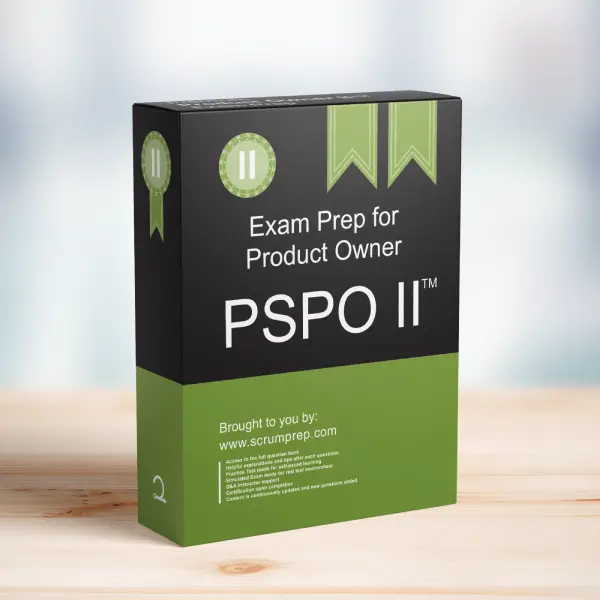Enhancing Agility in Product Development
Understanding effective strategies to enhance agility in product development is crucial for any Product Owner. This article explores the least effective approach to enhancing agility and provides insights into more effective strategies.
Exam Question
Which of the following would likely be the least effective way to enhance the agility of your future product development?
(choose the least effective approach)
A. Clearly understand the producer, buyer/consumer relationship.
B. Start with a holistic view of how the customer sees your product.
C. Consider whether there is a significantly large enough market for your product.
D. Lean on your organizational efficiency and existing architecture to build your product aligned to the current organization.
Correct Answer
D. Lean on your organizational efficiency and existing architecture to build your product aligned to the current organization.
Explanation
Correct Answer
D. Lean on your organizational efficiency and existing architecture to build your product aligned to the current organization:
Relying heavily on existing organizational efficiency and architecture may hinder agility. This approach often results in products that are constrained by current structures and processes, which can limit innovation and adaptability. Effective agile practices require flexibility and a willingness to adapt to changing customer needs and market conditions, rather than strictly adhering to existing organizational norms.
Incorrect Answers
A. Clearly understand the producer, buyer/consumer relationship:
Understanding the relationship between producers, buyers, and consumers is essential for creating products that meet customer needs and drive value. This knowledge enables more informed decision-making and prioritization of Product Backlog items.
B. Start with a holistic view of how the customer sees your product:
Adopting a customer-centric perspective is critical for agile product development. By understanding how customers perceive and use the product, teams can prioritize features and improvements that deliver the most value.
C. Consider whether there is a significantly large enough market for your product:
Market analysis is fundamental for ensuring that product development efforts are directed toward viable opportunities. Understanding market size and potential helps in making strategic decisions that align with business goals and customer needs.
Responsibilities in Scrum
- Product Owner: The Product Owner is responsible for maximizing the value of the product. This involves understanding customer needs, market conditions, and ensuring that the Product Backlog reflects the most valuable work.
- Scrum Master: The Scrum Master supports the Scrum Team in adhering to agile principles and practices. They help the team remain flexible and adaptive to changes, facilitating continuous improvement.
- Developers: Developers are responsible for turning Product Backlog items into valuable Increments. They collaborate with the Product Owner and Scrum Master to ensure that the product is built with agility and customer value in mind.
Relevance to the PSPO II Exam
Understanding the least effective strategies for enhancing agility is essential for the PSPO II exam. This knowledge helps candidates appreciate the importance of flexibility, customer-centricity, and continuous improvement in agile product development.
Key Takeaways
- Leaning on existing organizational structures can hinder agility.
- Understanding customer relationships and market potential is crucial for effective product development.
- A holistic, customer-centric view is essential for prioritizing valuable work.
Conclusion
Enhancing agility in product development requires flexibility, a deep understanding of customer needs, and a willingness to adapt to changing conditions. Avoiding reliance on existing organizational structures and processes is crucial for fostering innovation and responsiveness. For more information on preparing for the PSPO II exam, visit our PSPO II Exam Prep.


